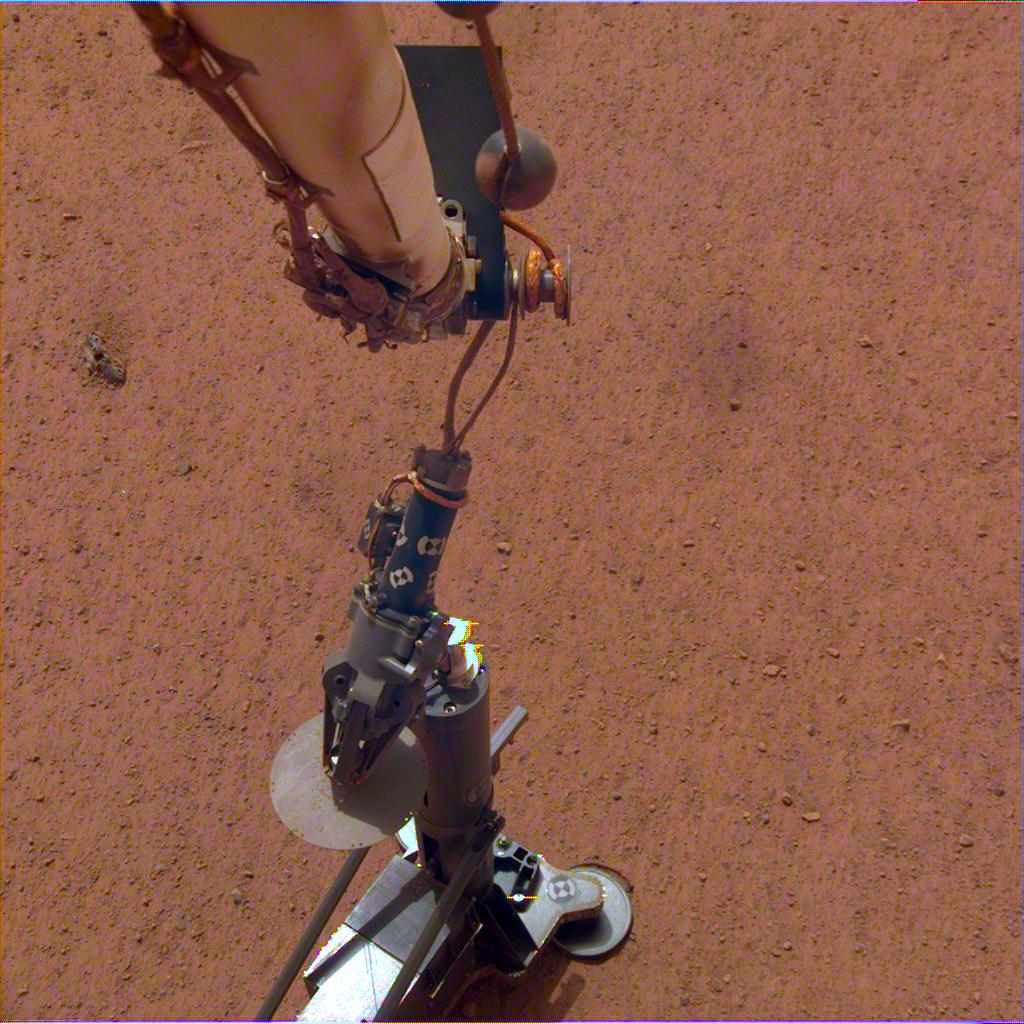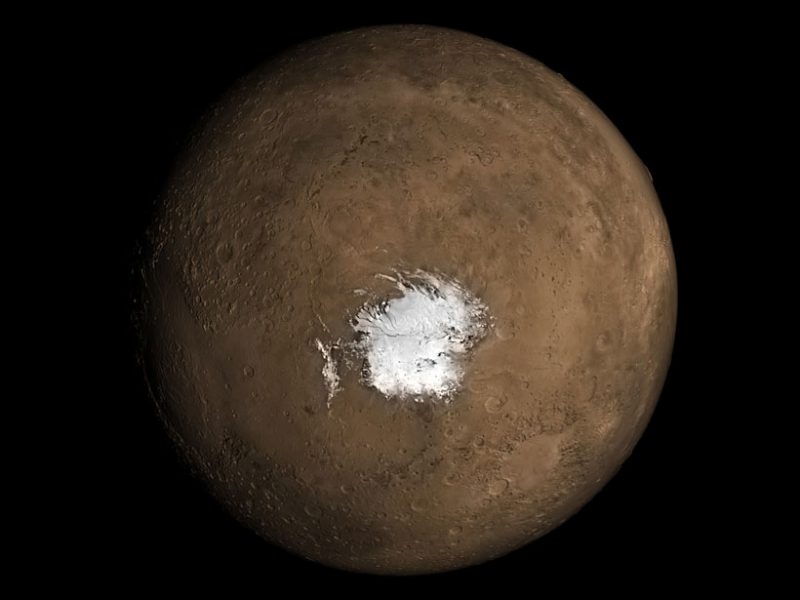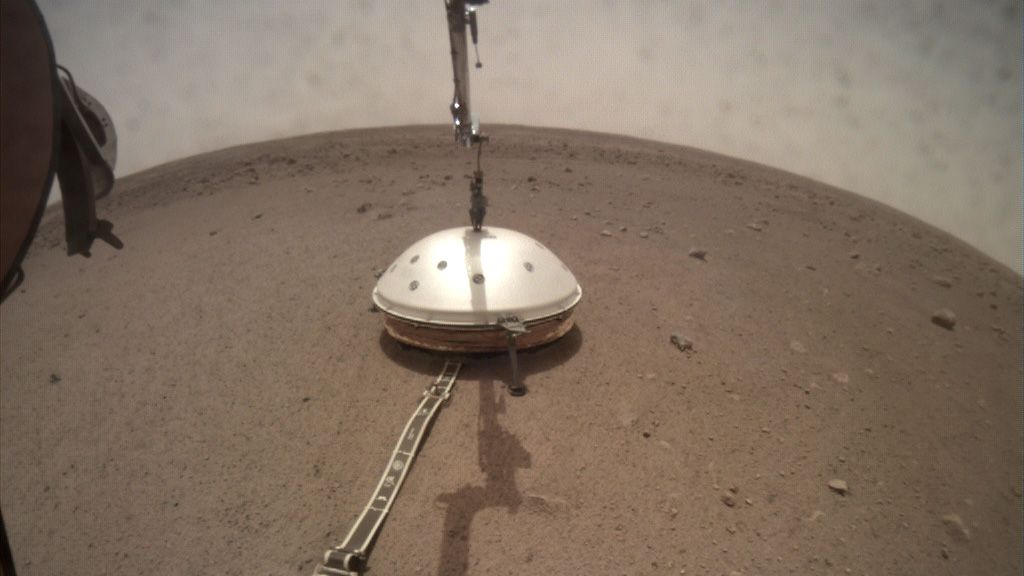NASA’s Opportunity rover has reached the end of its life. Initially designed to last 90 days, and to travel only 1000 meters (1100 yards), the rover spent almost 15 years exploring the surface of Mars. During that time, it travelled more than 45 kilometers (28 miles.)
Continue reading “We Hate Long Goodbyes, But Opportunity has Earned One”Mars One, the Plan to Make a Reality Show on Mars, is Bankrupt
In 2012, Dutch entrepreneur Bas Lansdorp launched the world’s first private and crowdsourced-effort to create a permanent outpost on Mars. Known as Mars One, this organization was the focus of a lot of press since it’s inception, some of it good, most of it bad. While there were many who called the organization’s plan a “suicide mission” or a “scam”, others invested their time, energy, and expertise to help make it happen.
In addition, thousands of volunteers signed on for the adventure, willing to risk life and limb to become part of the first one-way trip to the Red Planet. Unfortunately, we may never get to know if Bas Lansdorp’s plan for colonizing Mars was feasible or even sincere. According to a recent declaration by a Swiss Court, Mars One Ventures (the for-profit arm of Mars One) is now bankrupt.
Continue reading “Mars One, the Plan to Make a Reality Show on Mars, is Bankrupt”InSight has Placed its Heat Probe on the Martian Surface. The Next Step is to Jackhammer Down 5 Meters and Hope it Doesn’t Encounter a Large Rock
NASA’s InSight lander has finally placed its heat probe on the surface of Mars. The Heat Flow and Physical Properties Package (HP3) was deployed on February 12th, about one meter away from SEIS, the landers seismometer. Soon it’ll start hammering its way into the Martian soil.
Continue reading “InSight has Placed its Heat Probe on the Martian Surface. The Next Step is to Jackhammer Down 5 Meters and Hope it Doesn’t Encounter a Large Rock”There’s Evidence that Mars is Still Volcanically Active
A new study shows that Mars may very well be volcanically active. Nobody’s seen direct evidence of volcanism; no eruptions or magma or anything like that. Rather, the proof is in the water.
Continue reading “There’s Evidence that Mars is Still Volcanically Active”Want to Move to Mars? A Round-Trip Ticket Will Only Cost $100,000 According to Elon Musk
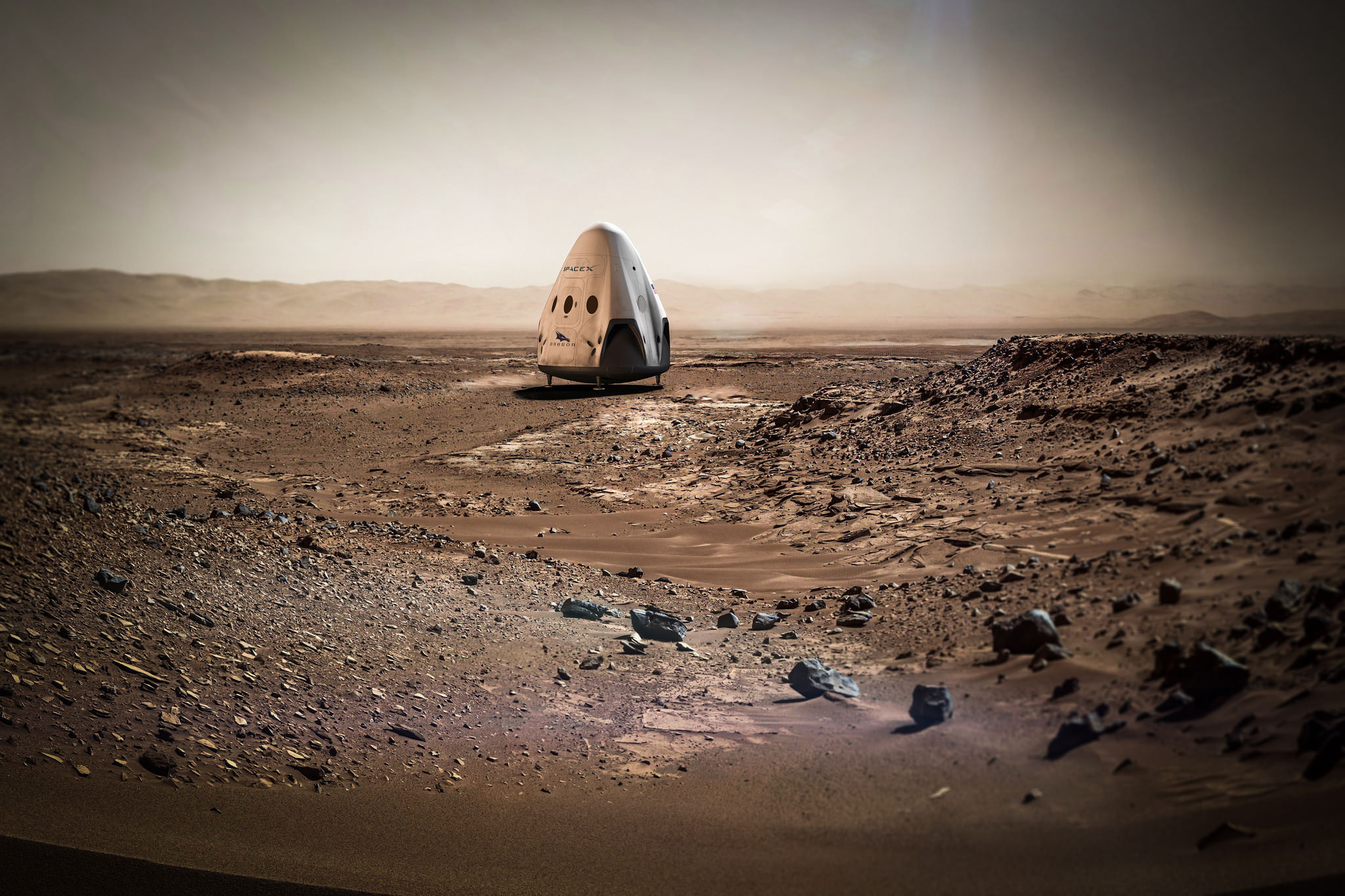
Elon Musk just suggested that the price for a trip to Mars and back could be as low as $100,000. He added the qualifier that the price depends on volume. So it looks like the price is anything but astronomical.
Continue reading “Want to Move to Mars? A Round-Trip Ticket Will Only Cost $100,000 According to Elon Musk”InSight Just Put a Windshield Over its Seismometer
NASA’s InSight lander arrived on Mars on November 26th, 2018. Since then, it’s been busying itself studying its landing spot, and taking its time to carefully place its instruments. It spent several weeks testing the seismometer and adjusting it, and now it’s placed the domed, protective shield over the instrument.
Continue reading “InSight Just Put a Windshield Over its Seismometer”NASA used Curiosity’s Sensors to Measure the Gravity of a Mountain on Mars
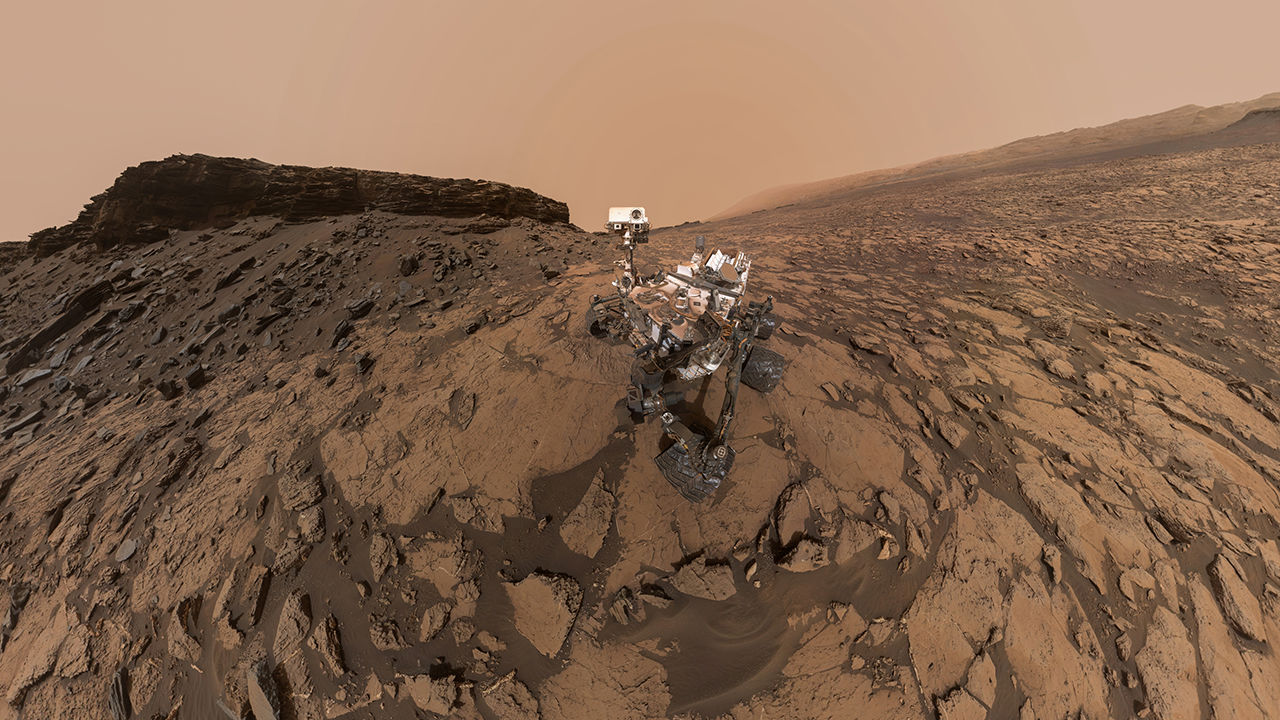
Some very clever people have figured out how to use MSL Curiosity’s navigation sensors to measure the gravity of a Martian mountain. What they’ve found contradicts previous thinking about Aeolis Mons, aka Mt. Sharp. Aeolis Mons is a mountain in the center of Gale Crater, Curiosity’s landing site in 2012.
Gale Crater is a huge impact crater that’s 154 km (96 mi) in diameter and about 3.5 billion years old. In the center is Aeolis Mons, a mountain about 5.5 km (18,000 ft) high. Over an approximately 2 billion year period, sediments were deposited either by water, wind, or both, creating the mountain. Subsequent erosion reduced the mountain to its current form.
Now a new paper published in Science, based on gravity measurements from Curiosity, shows that Aeolis Mons’ bedrock layers are not as dense as once thought.
Continue reading “NASA used Curiosity’s Sensors to Measure the Gravity of a Mountain on Mars”Planetary Scientists Continue to Puzzle Over the Mysterious Slope Streaks on Mars. Liquid? Sand? What’s Causing Them?

Since they were first observed in the 1970s by the Viking missions, the slope streaks that periodically appear along slopes on Mars have continued to intrigue scientists. After years of study, scientists still aren’t sure exactly what causes them. While some believe that “wet” mechanisms are the culprit, others think they are the result of “dry” mechanisms.
Luckily, improvements in high-resolution sensors and imaging capabilities – as well as improved understanding of Mars’ seasonal cycles – is bringing us closer to an answer. Using a terrestrial analog from Bolivia, a research team from Sweden recently conducted a study that explored the mechanisms for streak formation and suggest that wet mechanisms appear to account for more, which could have serious implications for future missions to Mars.
Continue reading “Planetary Scientists Continue to Puzzle Over the Mysterious Slope Streaks on Mars. Liquid? Sand? What’s Causing Them?”Still no Word from Opportunity
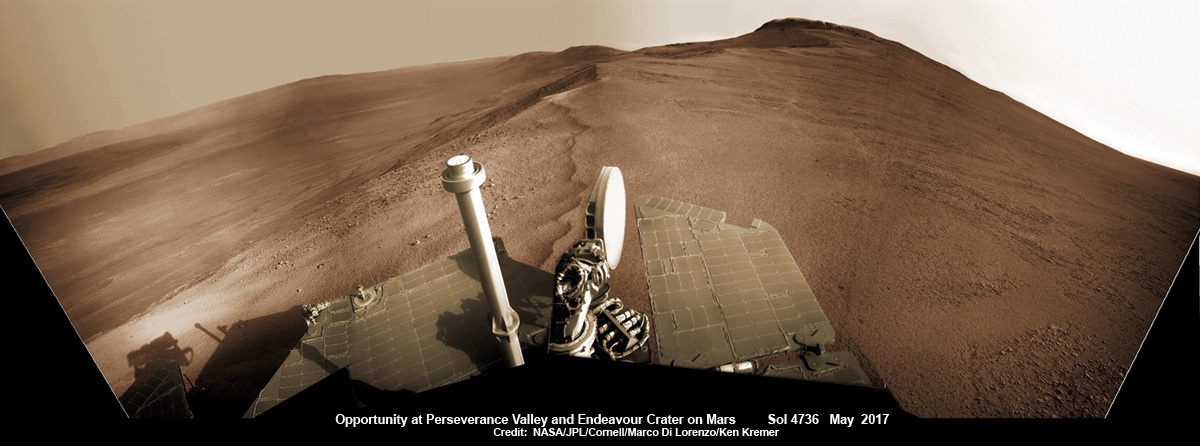
Could this be the end of the Opportunity rover? There’s been no signal from the rover since last summer, when a massive global dust storm descended on it. But even though the craft has been silent and unreachable for six-and-a-half months, NASA hasn’t given up.
When Opportunity landed at Meridiani Planum on Mars in January 2004, it’s planned mission length was only 90 days. Since that day, which seems so long ago now, 15 years have passed, and over one billion people have been born on Earth. Six months ago, the rover stopped working, maybe for good. So by every measure, Opportunity has been a stunning success.
Continue reading “Still no Word from Opportunity”This Crater on Mars Traps the Cold, and Remains Filled With Ice, All Year Round
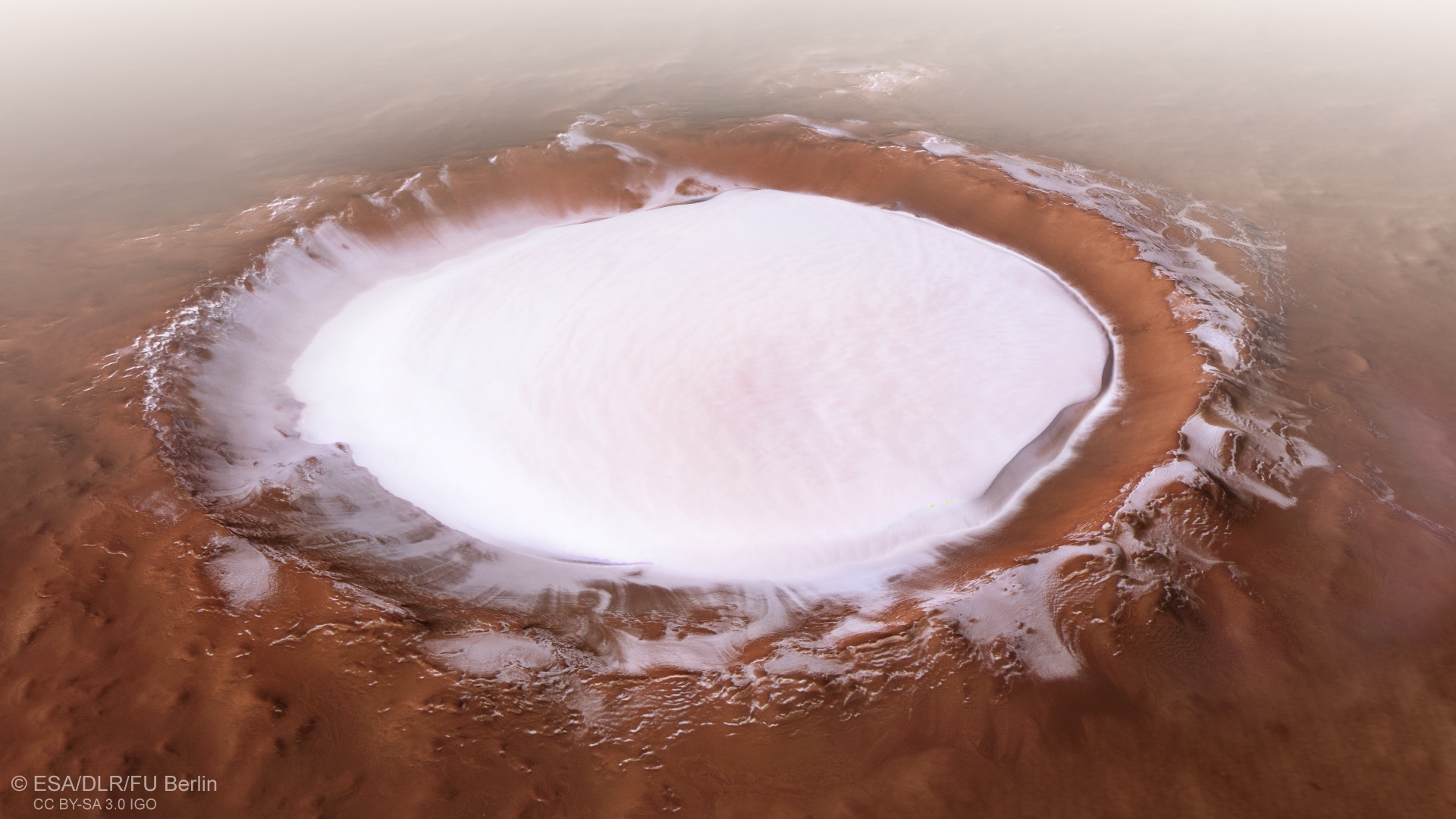
On June 2nd, 2003, the European Space Agency’s Mars Express mission left Earth to begin its journey to Mars. Six months later (on December 25th) the spacecraft fired its main engine and entered orbit around Mars. This Christmas will therefore mark the fifteenth anniversary of the orbiter’s arrival and all the observations it has made of the Red Planet since then.
Appropriately, the Mars Express mission was able to commemorate this occasion by capturing some beautiful photos of a Martian crater that remains filled with ice all year round. This feature is known as the Korolev crater, which measures 82 km (51 mi) in diameter and is located in the northern lowlands, just south of the northern polar ice cap.
Continue reading “This Crater on Mars Traps the Cold, and Remains Filled With Ice, All Year Round”



